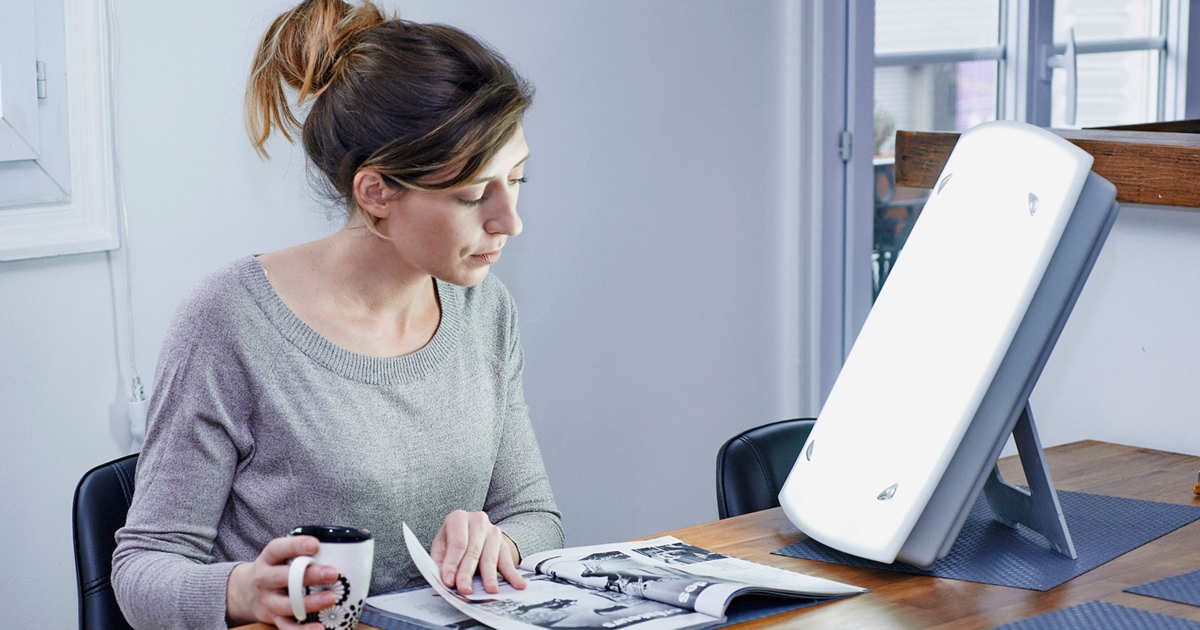Best Ways to Manage Seasonal Affective Disorder (SAD)
Seasonal affective disorder (SAD) is a form of depression that occurs seasonally. It is triggered by the change in seasons and usually occurs during winter, possibly due to the lack of sunlight. This condition affects more than 500,000 individuals annually and peaks around the same time each year. For the most part, symptoms of seasonal affective disorder, which often include chronic fatigue, depression, and other psychological disturbances, begin in the fall and continue throughout the winter months. This condition may also occur during the spring or early summer, but these cases are far less common.
Light Therapy

Seasonal affective disorder symptoms can be improved by using a light therapy box, which gives off light similar to sunshine. Therapy lightboxes contain light that is much brighter than regular light bulbs. They also give off light in different wavelengths. Light therapy is thought to affect brain chemicals linked to mood, easing symptoms of seasonal affective disorder. Sitting in front of a light therapy box for thirty minutes per day can suppress the release of melatonin by stimulating the body's circadian rhythms. Research shows light therapy is most effective in the morning.
Exercise

When it comes to treating depression, exercise is a tried and true method to reduce the severity of symptoms. Weather permitting, outdoor exercise is best as individuals get the added benefit of sunshine and fresh air. Heading to the gym is the next best option. While there, individuals should look for cardio machines located near a window. Exercise may also help reduce the risk of weight gain associated with seasonal affective disorder. If individuals can't make it to the gym, a home workout will also help keep the winter blues at bay. Getting physical and starting a workout regimen can go a long way towards making patients with seasonal affective disorder feel better about themselves, their lifestyle, and the time of year.
